Back in my days as a young Biology undergraduate student, I am remember sitting in a behavioural science class and feeling thoroughly frustrated by the ego and rather omnipotent thinking of the professor, who was lecturing us on his believe that non-homo sapien animals don’t play. Rather everything they do was tied in someway to survival. You just have to have well-loved furry or feathery friend in your household to know that is not the case.
Going beyond our furry and feathered family members, in truly observing wild animals with an open mind you will see that not all they do is about survival. While not a play example, this was something I pondered one day, as I watched the heartbreaking scene of some ground squirrels who didn’t want to leave a fellow ground squirrel who had been hit by a car. Each time they returned to the dead ground squirrel’s body, they were putting their own lives at risk. This wasn’t about survival for these ground squirrels, quite the contrary, they were risking their lives in mourning the death of a member of their community.
It made me smile as I began to read Johan Huizinga’s exploration of play in his chapter on Nature and Significance of Play as a Cultural Phenomenon in The Game Design Reader: A Rules of Play Anthology that he noted that play is older than culture. Non-homo sapien animals did not wait for humans to teach them to play. They were already playing. As I continued to read Huizinga’s chapter and that of Roger Caillois on The Definition of Play and the Classification of Games, I watched my young cat Ella (aka the Tortie Terror) who throws herself into play with such total abandon, and what I observed echoed so much of what had caused me to question and resist years ago in that behavioural science class. First though, let me introduce you to Ella.
To advance the pages in the story above, click the flashing arrows, and where you encounter an image with a glowing edge, click on those images.
Games and Play from the Mindset of a Cat
Play and the creation of games are paramount in Ella’s life. She plays the regular games of chasing feather wands, catch with toy mice, and fetch with toy springs, but for Ella, the best games are those that she’s invented and taught to me. These include Run, Jump & Startle, Lure & Surprise, and Hide & Go Seek Tag.
Run, Jump & Startle
Run, Jump & Startle is usually started by Ella rampaging past me in a crazy flurry with a little “roo roo” in passing me. This is my queue to more subtly creep in her direction or walk by her and pretend not to see her, and then jump in front of her with my arms out. She then similarly jumps in front of me with her arms out, and usually shows off by parkouring off a wall, at which point we both dash off to hide again and attempt to then non-chalantly creep up on the other to be the jumper.
Lure & Surprise
Lure & Surprise is a relatively new game of Ella’s that is usually played at night in the dark. It involves her finding a way to lure anyone in the house towards her, usually by yowling as though something is wrong. As that creature (this game is played with my Mom’s dog, as well as with me) goes to see what’s wrong, she launches herself at them, and then after startling them goes running off to hide somewhere else in the dark.
Hide & Go Seek Tag
Typically Lure & Surprise then evolves into Hide & Go Seek Tag, which is also played in the light. This is like the children’s game of a similar name, where one hides and the other seeks, but in this case everyone is hiding and seeking at the same time with the goal of being the first to sneak up on the other, making it a much faster paced game.
Characteristics of Play
These games that Ella has constructed follow the fundamental characteristics of play as listed by Roger Caillois and echoed by Johan Huizinga’s in his writing.
- Free – Elle begins the games with freewill, under no obligation, as do her opponents. If anyone should decide they no longer wish to play, they simply stop or walk away.
- Separate – These games exist in their own time and space, in which the real world is temporarily suspended.
- Uncertain – There is never any certainty as to who will prevail as reigning champion. Usually each play results in wins on both sides.
- Unproductive – Nothing is created over the course of play, rather it is simply a release of joyful energy.
- Governed by Rules – While the rules are unwritten and created by a cat, all the games have clear and definite rules that have been taught to the other players through demonstration by the feline game creator, who is quite bossy about her expectations of the players.
- Make Believe – It is clear that within the game each player is entering the realm of make believe, in which in my mind we enter a land of spies and ninjas. As for Ella’s mind, I dearly wish I could see inside her imagination to know, but I do know that within the game I have clearly been transformed into a character of her imagination based on the wild looks looks she gives me mid game.
Imagination Central to Play
It is this element of imagination that both Caillois and Huizinga speak of as being such an important component to play that I find most fascinating and amusing as I watch Ella play. She is by far the most active player of any furry family member that I’ve lived with, and that is clearly denoted by a cat with an enormous imagination. When left to her own play, it is not unusual to see her all of a sudden fluff up her fur and start jumping sideways. Is this because she is angry or scared? No, she is simply playing, and something in the imaginative world that she has concocted in her mind is causing this external reaction in her to the amusement of those of us that have been fortunate enough to witness these play acting moments in her life.
Fostering Wellbeing Through Play
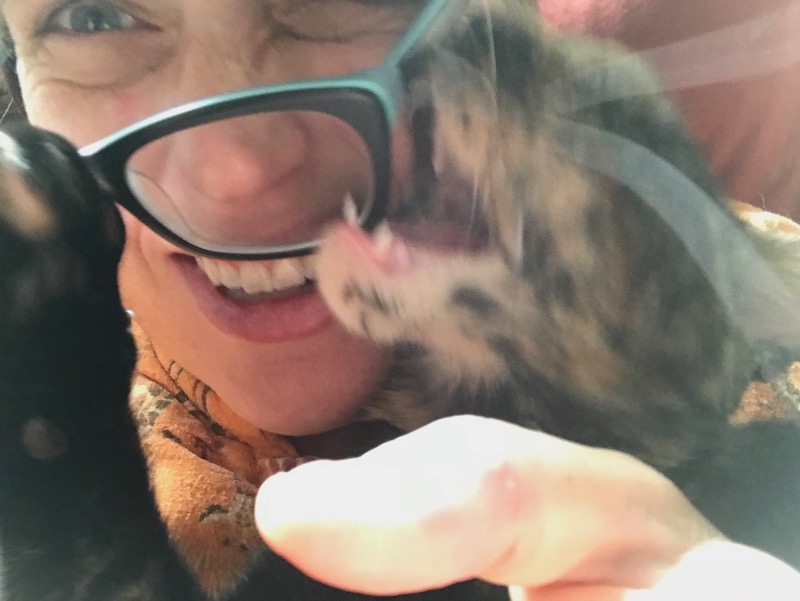
For me, Elle has illustrated the importance that play can have on our wellbeing as creatures. She came into my world in a summer in which I was badly concussed after a car accident. It was her imaginative play on her own, and enticing me into the games that she concocted, that got me laughing and moving again, as well as scheming to beat her at the games she laid out before us. It is quite amazing how the simple act of playing can be so incredibly healing.
References
Caillois, R. The Definition of Play and the Classification of Games. In K. Salen and E. Zimmerman (Eds.) The Game Design Reader: A Rules of Play Anthology (pp. 122-155). Cambridge, Mass.: MIT Press.
Huizinga, J. Nature and Significance of Play as a Cultural Phenomenon.In K. Salen and E. Zimmerman (Eds.) The Game Design Reader: A Rules of Play Anthology (pp. 96-120). Cambridge, Mass.: MIT Press.
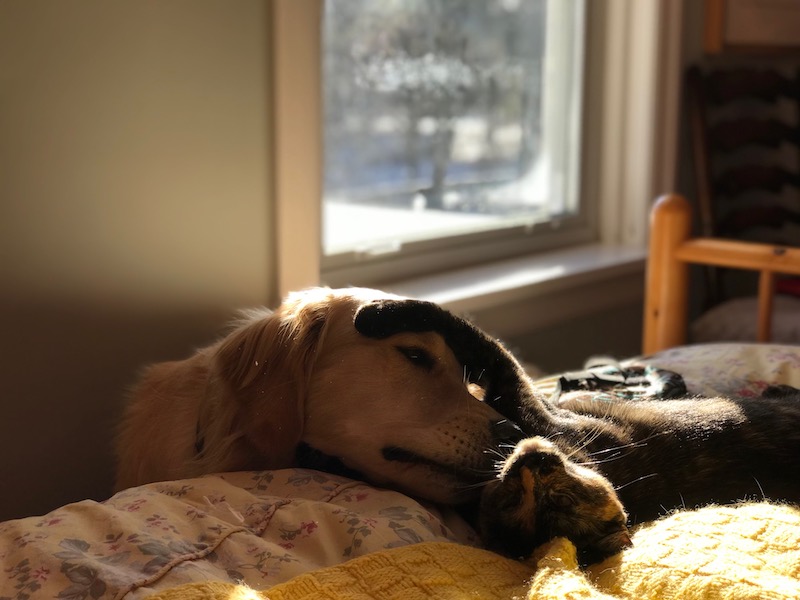
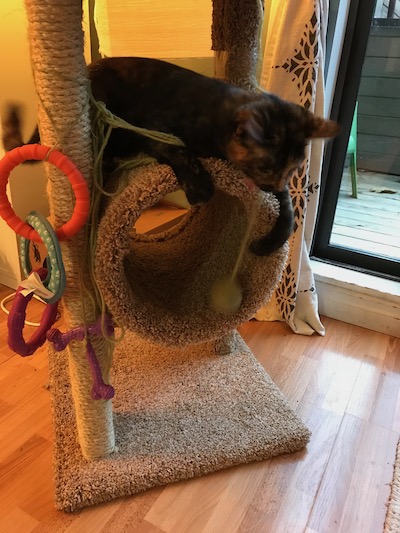
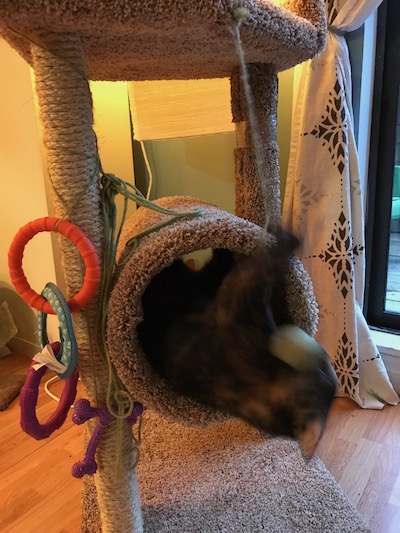
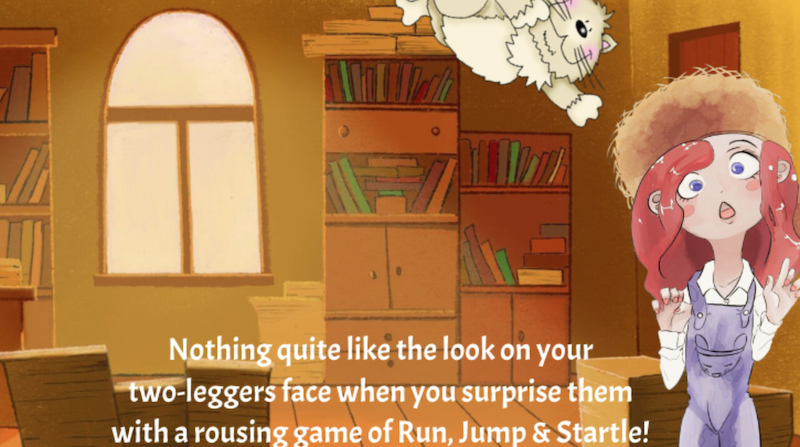

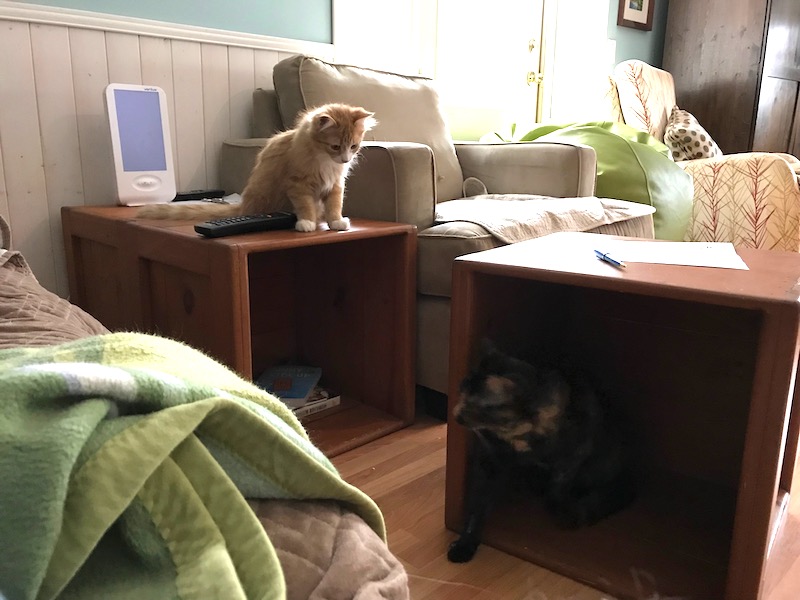
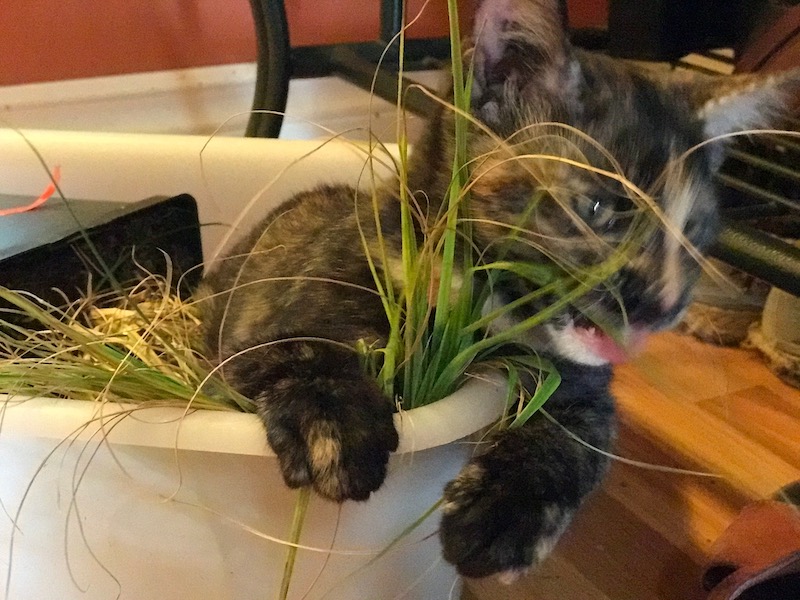
Leave a Reply